Origin and History of Lake Grapevine, 1919-1953, Part 7: A New County Lake Is Born
Icy weather hit the dam area on January 5, 1950, temporarily halting construction. J. W. Mosley was just a week away from finishing the raising of the dam’s embankment, but since most contractors were ahead of schedule, the weather would not affect their deadlines. On January 18, the government hiked its land purchases for the four Trinity lakes going in near Dallas. At that time it already owned 2,955.53 acres of Grapevine. The “taking lines,” or peak elevations at which the government will take lands, had still not been announced, so the army of speculators and land plungers would have to buy blindly, except for studying the pattern of lands taken by the government. Those persons were chiefly interested in cabin and weekend homesites, recreating building locales and sites for all types of businesses catering to lake visitors. Costly lakeside estates planned by Dallas residents were also held up. More...


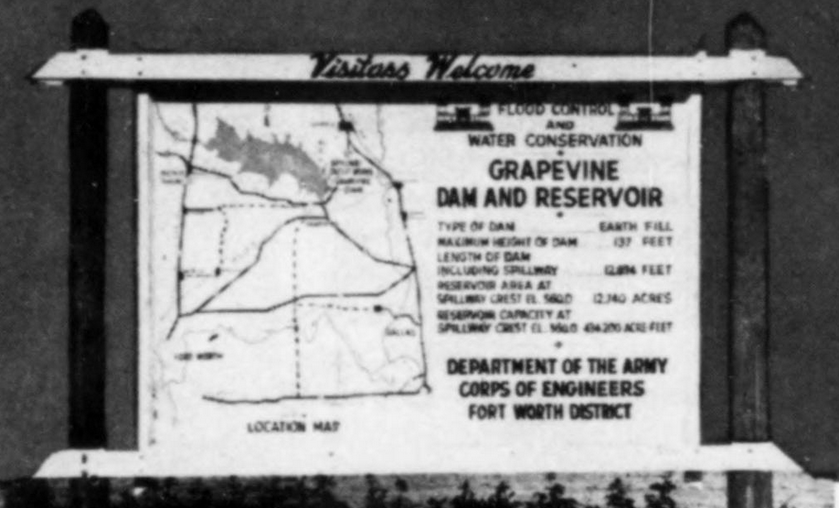

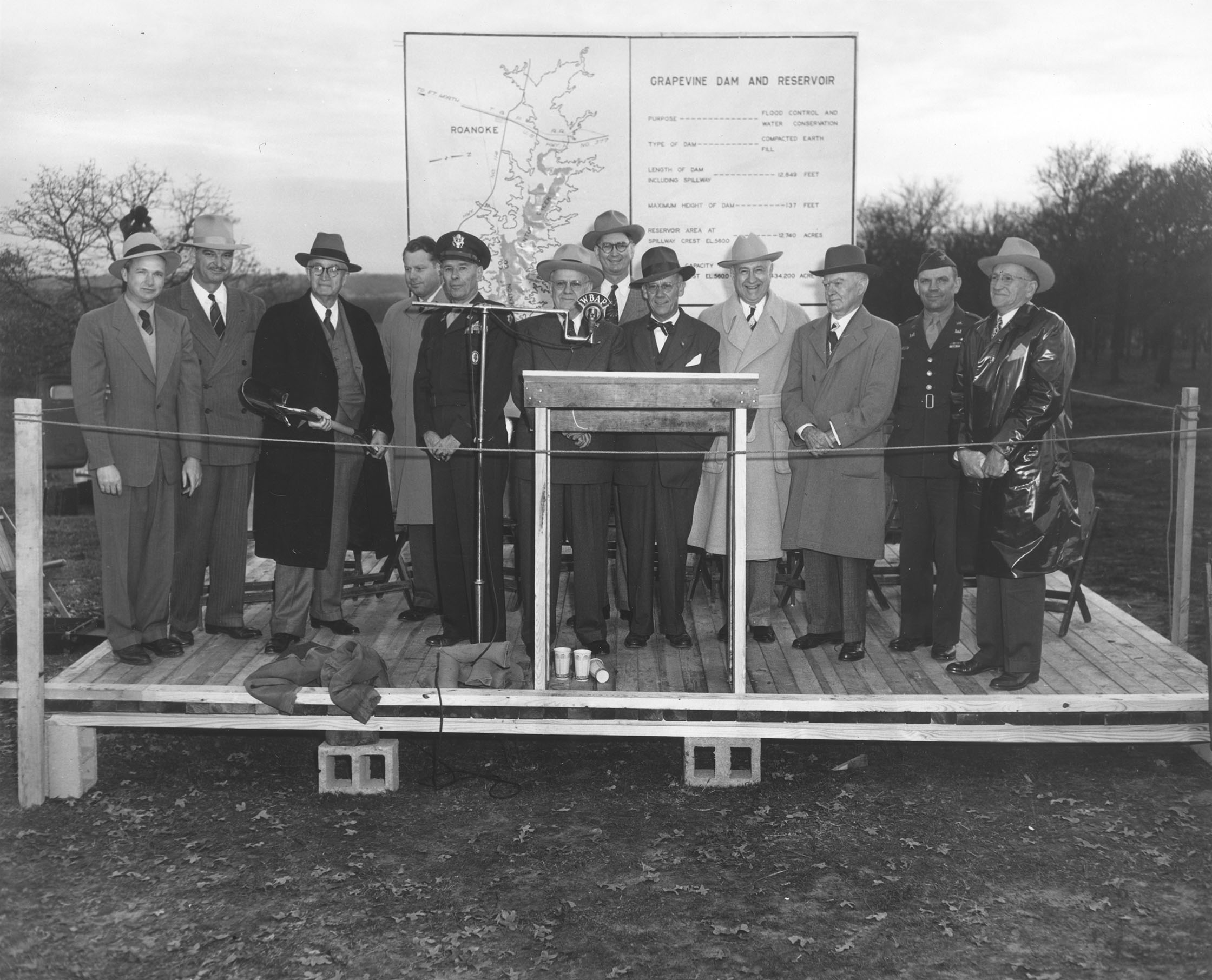
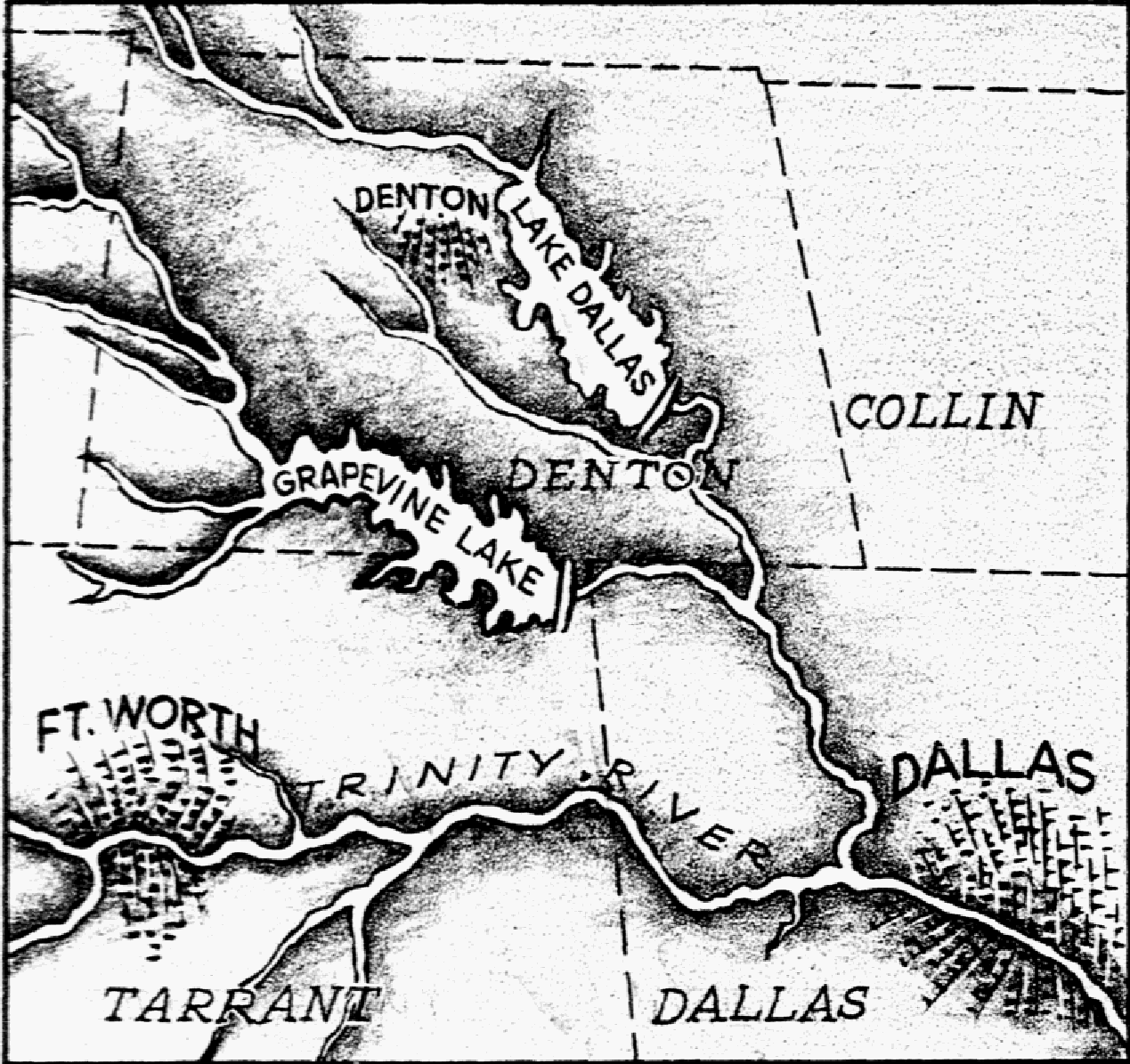
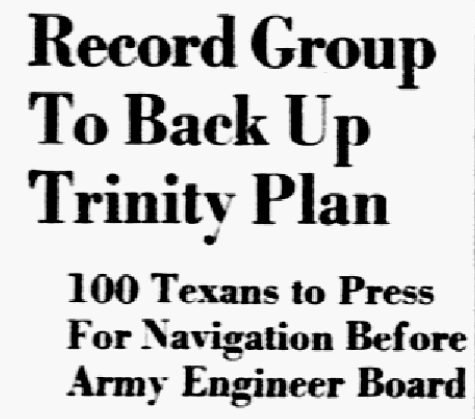
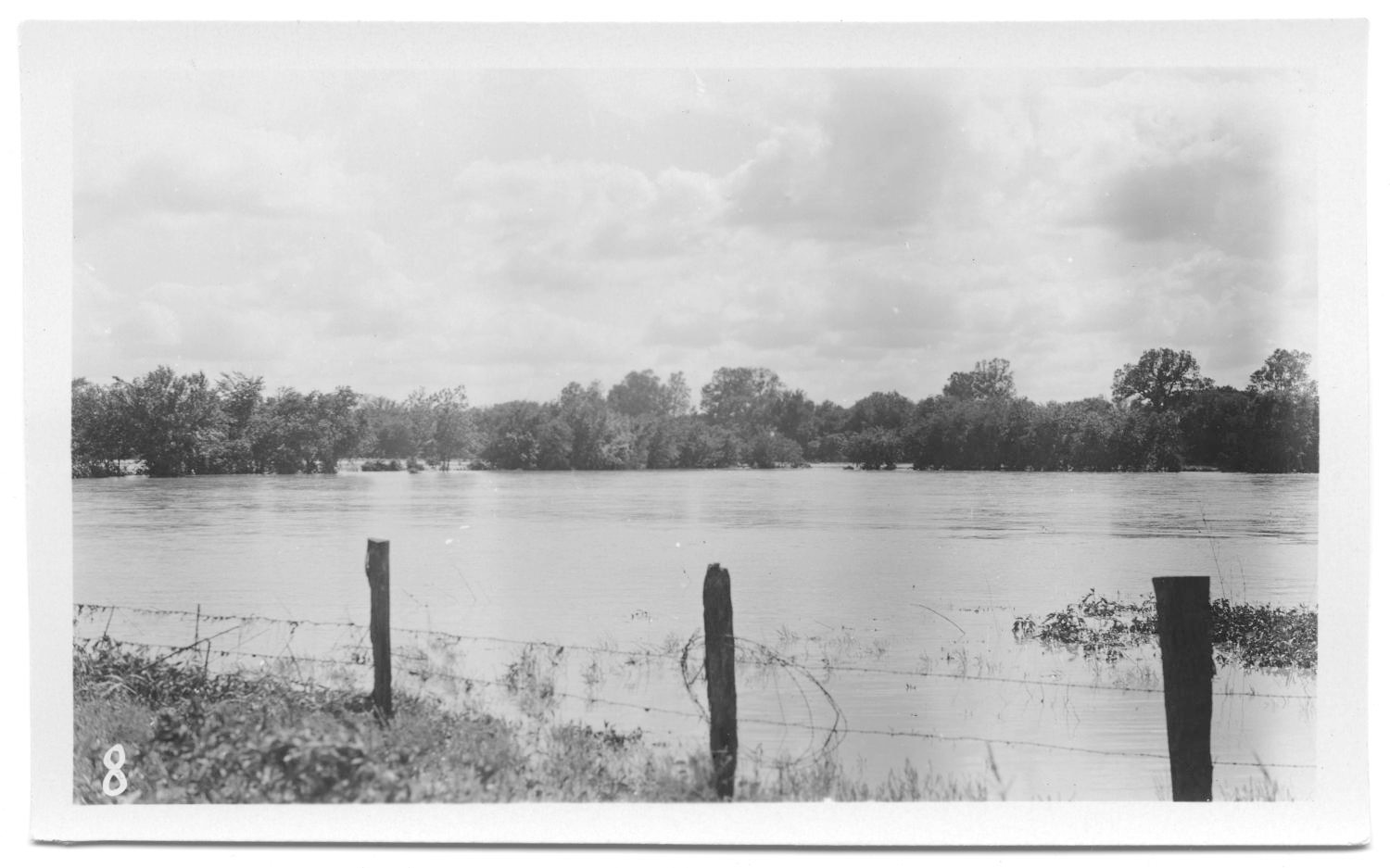
Recent Comments